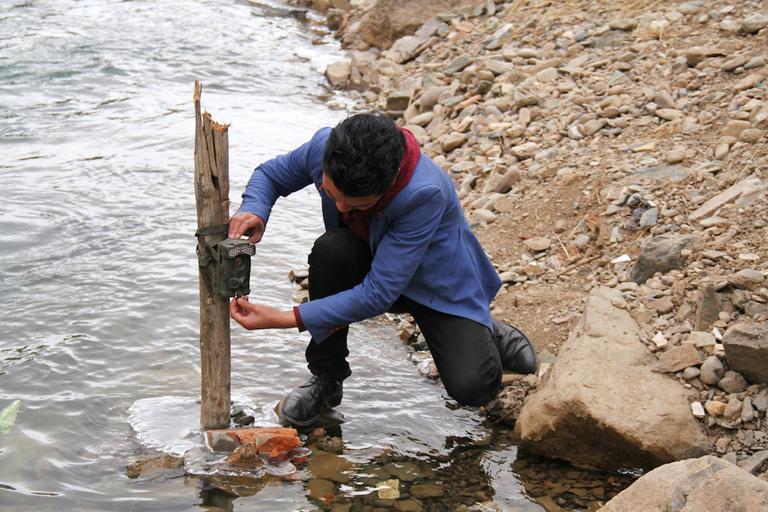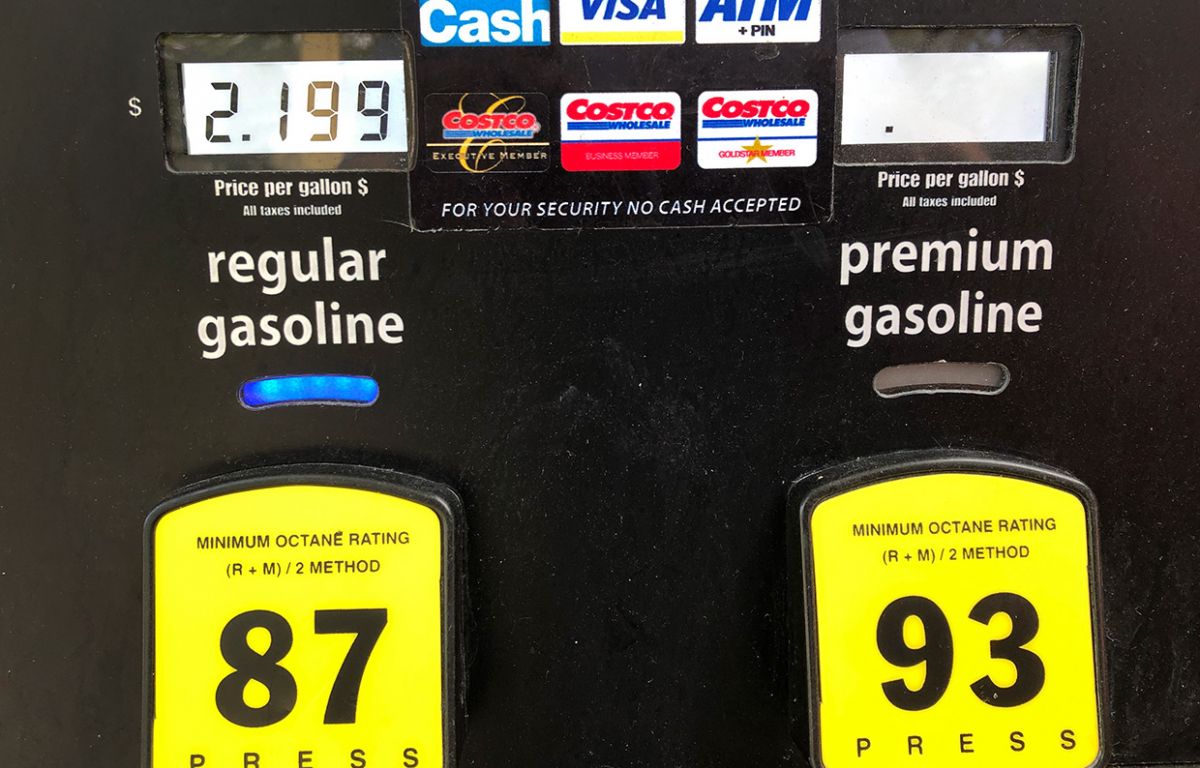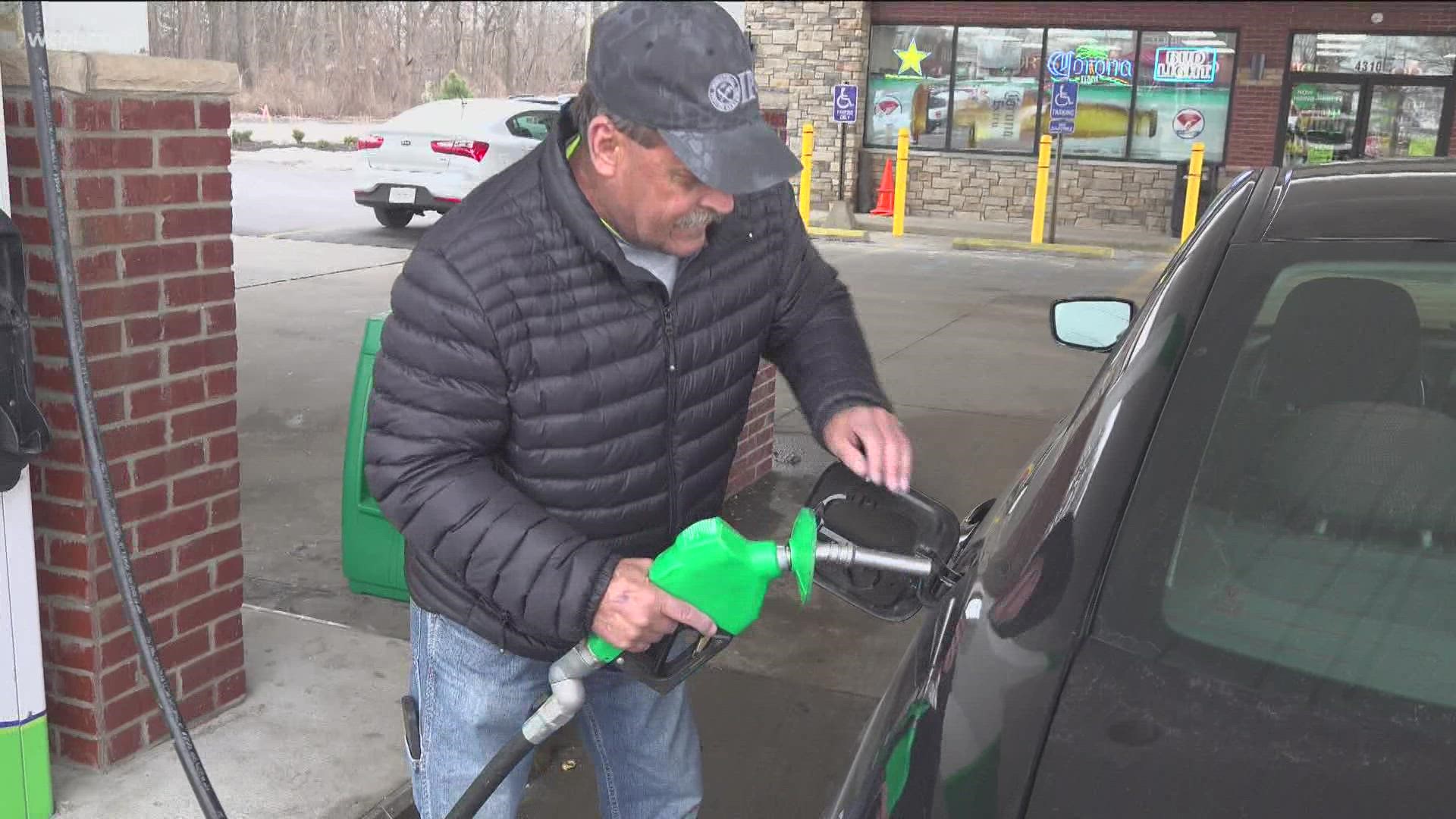Conservation Efforts For Wyoming's Otters: Progress And Challenges

Table of Contents
Current Status of Otter Populations in Wyoming
Determining the exact number of otters in Wyoming is a complex task. Their semi-aquatic nature and vast, often remote habitats make comprehensive population surveys challenging. However, anecdotal evidence and localized studies suggest that otter populations are present throughout the state, with higher concentrations found along major river systems like the Snake River, Green River, and Yellowstone River. These areas provide critical habitat, including ample food sources and suitable denning sites.
- Population Estimates: While precise figures are scarce, estimates suggest that several hundred otters inhabit Wyoming, but the lack of consistent, statewide monitoring makes accurate assessments difficult. Further research is needed to solidify population data.
- Geographic Distribution: Otters are most commonly observed in the western and central portions of Wyoming where suitable riparian habitats are more prevalent. The distribution is highly correlated with water availability and prey abundance.
- Recent Studies: The Wyoming Game and Fish Department conducts periodic surveys and monitoring programs, but more comprehensive, long-term studies are essential to better understand population dynamics and trends. Citizen science initiatives can be incredibly valuable in supplementing professional research efforts.
Successful Conservation Strategies and Programs
Despite the challenges, several successful initiatives have contributed to the conservation of Wyoming's otters. These efforts highlight the importance of proactive measures and collaboration among diverse stakeholders.
- Habitat Restoration: Restoration projects focusing on riparian zones – the areas alongside rivers and streams – are crucial. These zones provide essential habitat for otters, including denning sites and foraging areas. Improved water quality and vegetation along riverbanks support a healthier ecosystem for otters and other wildlife.
- Water Quality Improvement: Initiatives aimed at reducing pollution from agricultural runoff and industrial discharge are vital. Clean water is essential for otter survival, ensuring a healthy prey base and preventing exposure to harmful toxins.
- Public Awareness and Education: Raising public awareness through educational programs and outreach campaigns is key. Educating the public about the importance of otters and the threats they face fosters responsible stewardship and reduces human-wildlife conflict.
- Collaboration and Stakeholder Engagement: Successful conservation requires collaboration between government agencies (like the Wyoming Game and Fish Department), non-governmental organizations (NGOs), private landowners, and local communities. Shared responsibility and coordinated efforts are essential.
Ongoing Challenges to Otter Conservation in Wyoming
Despite the positive conservation efforts, significant challenges remain. These threats necessitate a sustained and intensified commitment to otter conservation.
- Habitat Loss and Fragmentation: Development, including dam construction, road building, and urbanization, fragments otter habitats and reduces available space for foraging and breeding.
- Water Pollution: Agricultural runoff containing pesticides and fertilizers, as well as industrial discharges, contaminates waterways and harms otters and their prey.
- Climate Change Impacts: Changes in precipitation patterns, increased drought frequency, and altered water temperatures negatively impact water availability and habitat quality.
- Disease Outbreaks: Outbreaks of diseases can significantly impact otter populations, especially in areas with high population density or compromised immune systems.
- Human-Wildlife Conflict: Incidents of otters damaging property or interacting with humans can lead to conflict and potentially endanger otters.
- Funding Limitations: A lack of adequate funding often limits the scope and effectiveness of conservation initiatives.
Future Directions for Otter Conservation in Wyoming
Securing the long-term future of Wyoming's otters requires a multi-pronged approach with continued investment and collaboration.
- Strengthening Water Quality Regulations: Implementing stricter regulations on industrial and agricultural runoff is critical to maintaining healthy aquatic environments.
- Expanding Protected Areas: Establishing protected areas and wildlife corridors provides critical habitat and connectivity, allowing otters to move freely and maintain healthy population levels.
- Investing in Research: Continued research on otter ecology, threats, and population dynamics is crucial for effective conservation management.
- Strengthening Partnerships: Collaboration among government agencies, NGOs, researchers, landowners, and local communities is vital for effective conservation.
- Promoting Responsible Recreation: Educating the public on responsible recreation practices helps minimize human disturbance and reduce potential conflicts with otters.
Conclusion: The Future of Otter Conservation in Wyoming
The conservation efforts for Wyoming's otters have yielded some positive results, but significant challenges persist. Continued monitoring, habitat restoration, improved water quality, and strong partnerships are crucial for ensuring the long-term survival of these valuable animals. Learn more about how you can contribute to conservation efforts for Wyoming's otters and help secure their future. Support organizations working to protect Wyoming's otters by donating or volunteering your time. Together, we can help ensure that future generations can appreciate the beauty and ecological importance of these remarkable creatures.

Featured Posts
-
 Abn Amro Waarschuwt Te Grote Afhankelijkheid Van Goedkope Arbeidsmigranten In De Voedingsindustrie
May 22, 2025
Abn Amro Waarschuwt Te Grote Afhankelijkheid Van Goedkope Arbeidsmigranten In De Voedingsindustrie
May 22, 2025 -
 Route 15 Traffic Alert On Ramp Closure Due To Vehicle Collision
May 22, 2025
Route 15 Traffic Alert On Ramp Closure Due To Vehicle Collision
May 22, 2025 -
 Gas Prices Surge Nearly 20 Cents Per Gallon Increase
May 22, 2025
Gas Prices Surge Nearly 20 Cents Per Gallon Increase
May 22, 2025 -
 Le Hellfest Debarque Au Noumatrouff A Mulhouse
May 22, 2025
Le Hellfest Debarque Au Noumatrouff A Mulhouse
May 22, 2025 -
 Toledo Gas Prices Drop Week Over Week
May 22, 2025
Toledo Gas Prices Drop Week Over Week
May 22, 2025
